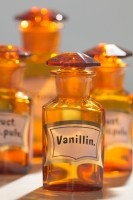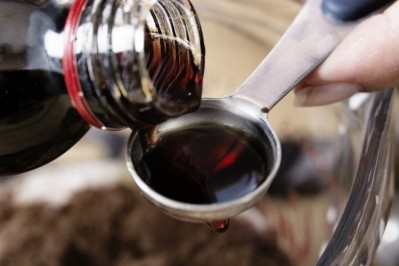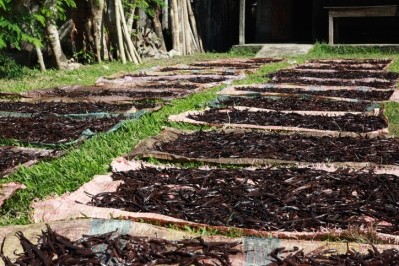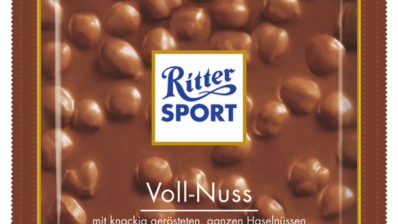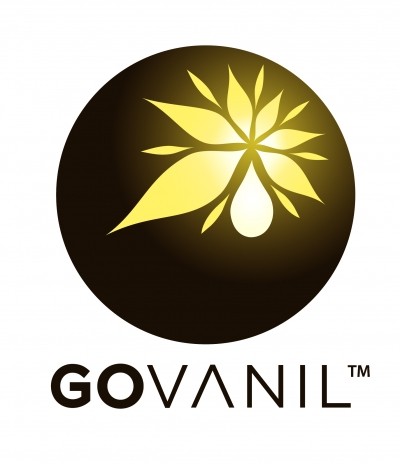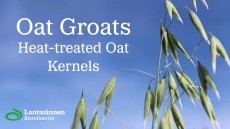Can firms clean up vanillin's clean label image amid natural supply shortages?
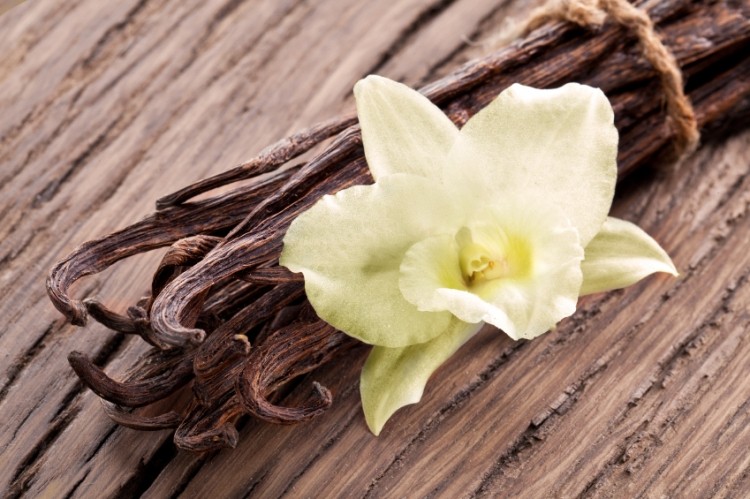
Even without taking into account price spikes, vanilla is the second most expensive spice after saffron, but according to Mintec data, prices have tripled in the past year, shooting up to £144 (€180) per kilo in January from £59 (€74) at the start of 2015.
Analyst Jara Zicha told FoodNavigator it is difficult to say how long this will last, but the last time vanilla prices spiked back in 2002, it took four years before they came back down.
But these supply difficulties are nothing new – vanilla has always suffered from a highly labour intensive cultivation method, temperamental plant life cycle and curing process that can take up to six months – and so alternatives are widely available.
Natural vanillin comes from the bean or ‘fruit’ of the flowering vanilla orchid, and it is this compound that provides vanilla flavour. But vanillin can also be synthesised from petrochemicals or wood, and one response to dealing with the price hike is to switch to artificial vanillin.
Corinne Duffy, global aroma ingredients manager at Solvay which has been producing artificial vanillin for over a century, said:“During several vanilla crises in the past, there was an increased demand for
vanillin and food companies decided to switch from beans to more reliable synthetic alternatives. In recent years, the worldwide vanillin market has increased by around 4% CAGR,” she said, adding that these synthetic versions have been instrumental in fuelling the elaboration and appreciation of the universal vanilla taste.
But is a switch to synthetic the right move given consumer demand for clean label products?
Not according to Zicha, who says the food industry should brace itself for more price spikes as the clean label trend means switching to artificial alternatives is less of an option. “In the past, if vanilla prices rose there was more flexibility from buyers to cover from synthetic vanillin. As a lot of food producers now try to avoid synthetic ingredients it is more difficult to avoid price increases,” she said.
Last year global giant Nestlé, for instance, pledged to replace all artificial flavours with naturally-derived versions in its confectionery lines in Europe and the US, while Duffy said the trend for natural flavours is growing at a faster pace than synthetic equivalents.
Borregaard is a Norwegian company that produces vanillin from Norwegian spruce trees. This makes it a sustainable alternative, it says, but whether it can also be described as clean label is a matter of interpretation.
Jørgen Fyhn Bjerkenes, regional sales manager at Borregaard Ingredients said: “Clean label is in itself a term which can mean different things. It does not have a clear definition and can be subject to individual interpretation. Vanillin can be clean label depending on the source. For example, according to our understanding, sustainable vanillin produced from natural raw material like spruce trees can be included in a clean label. On the other hand, vanillin from oil derived alternatives cannot.”
What’s more using the most natural version of vanillin makes good business sense, said Bjerkenes. “Companies understand that at the same time they need to follow these consumer-driven desires, they also need to protect their brands from extreme fluctuations in cost and availability of the raw materials. The last vanilla crisis served as a learning experience for the industry as to the need for alternative options,” he said.
Also looking into ways of making vanillin more sustainable is Evolva, a Swiss-based biotech company which uses a fermentation process to synthesise ingredients that suffer from supply issues, such as stevia, oud or vanilla.
CEO Neil Goldsmith has said in the past he believes fermentation-derived vanillin to be innovative and sustainable, making it an attractive alternative to the bean-harvested flavour. But environmental campaigners are less than convinced about the claims to sustainability, with Friends of the Earth blasting Evolva’s methods as “an extreme form of genetic engineering, in which scientists write entirely new genetic code on a computer, ‘print’ it out and then insert it into organisms to serve specific functions“.
Despite the increasing array of artificial alternatives currently available or in the pipeline, demand for the natural vanilla orchid is not abating as an essential ingredient in a premium-positioned product such as ice cream or chocolate.
For Synergy, the best way of dealing with the supply uncertainties is by strengthening ties with partners in Madagascar to secure their supply, or diversifying to other producing regions. Tahiti and Mexico are also leading vanilla producers.
“Natural raw materials are prone to fluctuations in supply and cost, so we are always planning for events like this,” said marketing manager at Synergy Flavours, Hugh Evans. “We agree contracts with our growers according to forecast demand for the next season. Although we were fortunate to be relatively early in the current cycle, prices did rise quickly during the pre-season. We have secured the amount of vanilla we believe we will need at the best possible price available to us at the time.”
In the meantime, companies that want to stick to natural vanilla from the orchid will have to either bear the extra cost themselves or pass it onto the consumer, which could mean more expensive vanilla ice cream for consumers this summer.
